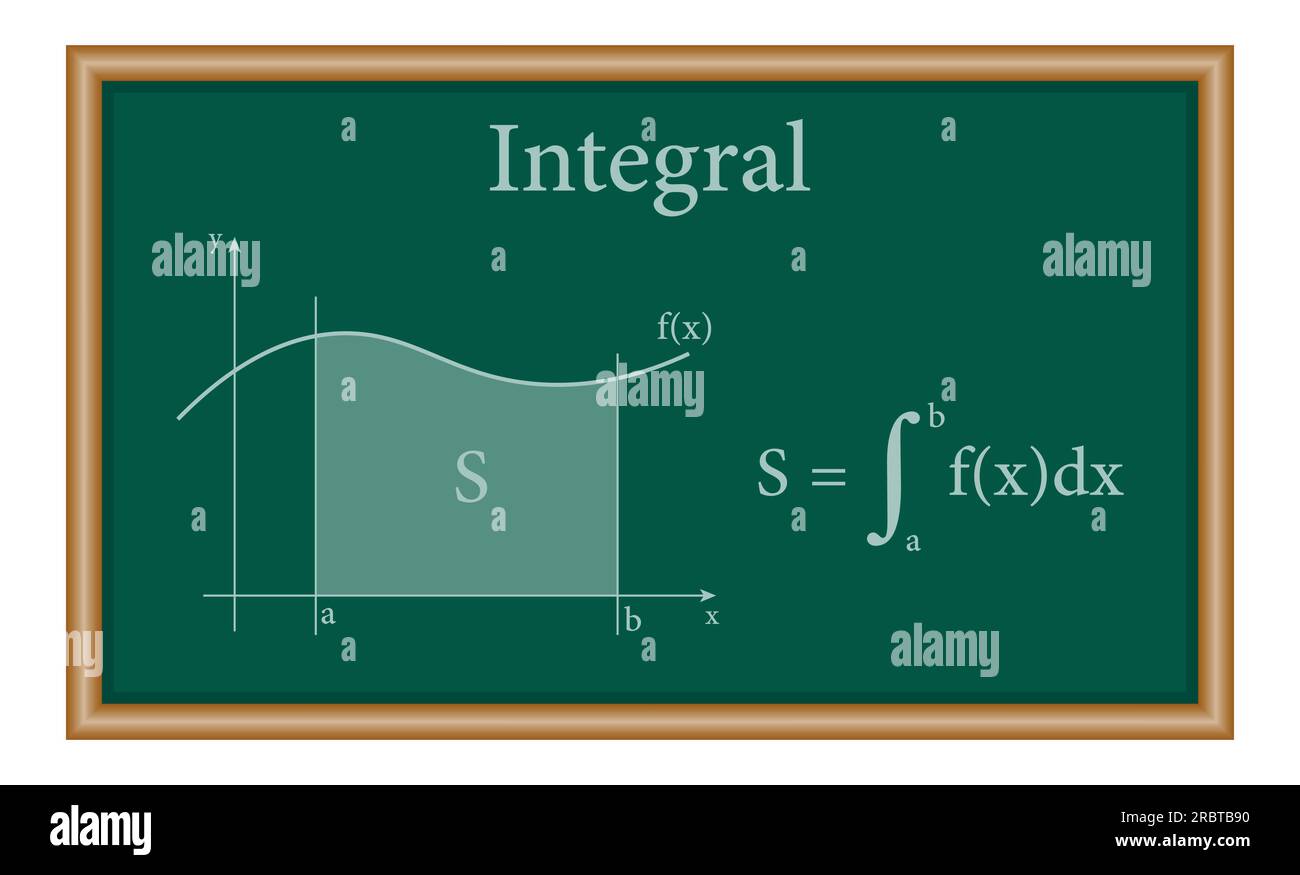-
إخفاء الكتل
- Full screen
- Standard view
مخطط الموضوع
Contact Form:
 Institute : Science and TechnologyDepartment: Common Core Department of Science and Technology.Target public: First year engineering (civil engineering, mechanical engineering, process engineering)Fields of Specialization: MathematicsCourse title: Analysis 2Credit: 6Coefficient: 3Duration: 12 weeksWeekly timetable: 1h 30 min of course and 3 hours for tutorial groupPlace of teaching: Lecture hall 3 classrooms 9+10+11Teacher: Hocine RANDJIContact: randji.h@centre-univ-
Institute : Science and TechnologyDepartment: Common Core Department of Science and Technology.Target public: First year engineering (civil engineering, mechanical engineering, process engineering)Fields of Specialization: MathematicsCourse title: Analysis 2Credit: 6Coefficient: 3Duration: 12 weeksWeekly timetable: 1h 30 min of course and 3 hours for tutorial groupPlace of teaching: Lecture hall 3 classrooms 9+10+11Teacher: Hocine RANDJIContact: randji.h@centre-univ-mila.dz Randji.Hocine@yahoo.comEvaluation methods: A final exam , short tests.The final evaluation is through• A written in-person exam at the end of the semester, covering all topics discussed in lectures
as well as exercises from tutorial. This exam contributes to 60% of the final grade.
• Continuous assessment during tutorial sessions, contributing to 40% of the final grade, divided
into 14 points for short exams after each chapter and 6 points for presence and participation
in each session.
The passing grade for this course is equal to or greater than 10 out of 20Objectives of the teaching
Objectives of the teaching:1. Remembering:• Recall the fundamental concepts of integration and differentiation.• Remember key definitions related to infinitesimals, Taylor series, and differential equations.2. Understanding:• Understand the process of integrating functions and the concept of antiderivatives.• Grasp the significance of infinitesimals and their role in calculus.• Comprehend the Taylor series expansion of a function and its applications in functionapproximation.• Understand the basic terminology and concepts related to differential equations, such asorder and linearity.3. Applying:• Apply different methods for integrating functions to solve problems.• Apply Taylor series expansions to approximate functions and evaluate their accuracy.• Apply techniques such as substitution and integration by parts to solve differential equations.4. Analyzing:• Analyze the behavior of functions near specific points and evaluate the accuracy ofpolynomial approximations.• Analyze and compare different orders of infinitesimals.• Analyze and classify differential equations based on their characteristics and types.5. Evaluating:• Evaluate the effectiveness of Taylor series approximations in solving real-world problems.• Evaluate the solutions obtained for differential equations and assess their correctness.6. Creating:• Develop computational algorithms to generate Taylor series expansions and solve differ-ential equations.• Create and implement Python scripts to enhance understanding and practical application of theoretical conceptsPre-requisites
Basic mathematics concepts (differential equations, integrals, systems of equations, ...)
In case of not mastering the prior knowledge, you can refer, for example, to:
Content
Chapter 1: Limited Developments (4 weeks)
The main topics in this chapter are:
1. Comparison relations
2. Limited developments in the vicinity of zero
(a) Definitions of a limited development and Taylor-Lagrange theorem
(b) Usual limited development
(c) Operations on limited developments
3. Limited developments in the vicinity of a point, in the vicinity of infinity and generalized
limited developments.
4. Applications of limited developments (calculation of limits, equations of tangent and
asymptote)
Chapter 2: Calculation of Primitives (5 weeks)
The main topics in this chapter are:
1. Definitions and properties (primitive, integral, and definite integral)
2. Integration methods
(a) Integration by parts
(b) Integration by change of variable
3. Integration of a rational fraction
4. Integration of a rational fraction in sin and cos
5. Integration of a rational fraction in exponential
6. Integration of a rational in sin(h) or cos(h).
Chapter 3: Differential Equations (3 weeks)
The main topics in this chapter are:
1. Definitions
2. First-order differential equations.
(a) Separable variable differential equations.
(b) Linear differential equations.
(c) Bernoulli differential equations.
(d) Homogeneous differential equations with respect to x and y :
3. Second-order linear differential equations with constant coefficients
Availability of the Teacher
I am available in the Teachers' Room, located on the first floor of the Science and Technology Building, every Monday and Wednesday from 10 AM to 12 PM.
Chapter 01: Limited Developments
Specific objetives:
- Understand and Apply Key Concepts: Grasp fundamental concepts related to infinitesimals and Taylor series, including definitions, theorems, and their applications. Develop the ability to identify and compare different orders of infinitesimals, and apply Taylor's formula to approximate functions.
- Analyze and Solve Problems: Engage in problem-solving exercises that involve comparing infinitesimals, determining their equivalence, and using Taylor series for function approximation. Analyze the behavior of functions near specific points and evaluate the accuracy of polynomial approximations.
- Utilize Computational Tools: Implement computational techniques, such as using Python to generate Taylor series expansions, to enhance understanding and practical application of theoretical concepts. This includes creating, verifying, and applying series expansions
Chapter 02: Calculation of Primitives

Specific objetives:
- Understand and explain the process of integrating functions.
- Identify and apply different methods for integrating functions.
- Demonstrate the ability to simplify and solve integrals.
- Analyze and solve integrals involving rational, trigonometric,or hyperboli functions.
Chapter 03: Differential Equations

Specific objetives:
- Define key terms and explain the difference between ordinary and partial differential equations.
- Solve separable, linear, Bernoulli, and homogeneous first-order differential equations.
- Solve second-order linear differential equations, determine the impact of characteristic roots.
References
:بالعربية
.بابا حامد، بن حبيب، التحيل 1 تذكير بالدروس و تمارين محلولة عدد 300 ترجمة الحفيظ مقران، ديوان المطبوعات الجامعي *
In English
- Murray R. Spiegel, Schaum's outline of theory and problems of advanced calculus, Mcgraw-Hill (1968).
- Glyn James, Modern Engineering Mathematics, Pearson (2020)
En français:
- BOUHARIS Epouse, OUDJDI DAMERDJI Amel, Cours et exercices corrigés d’Analyse 2, Première année Licence MI Mathématiques et Informatique, U.S.T.O, 2020-2021.
- Benzine BENZINE, Analyse réelle cours et exercices corriges, première année maths et informatique (2016),
- N. Piskounov, Calcul differentiel et integral T1 (8ème édition), 2 édition mir. Moscou.
